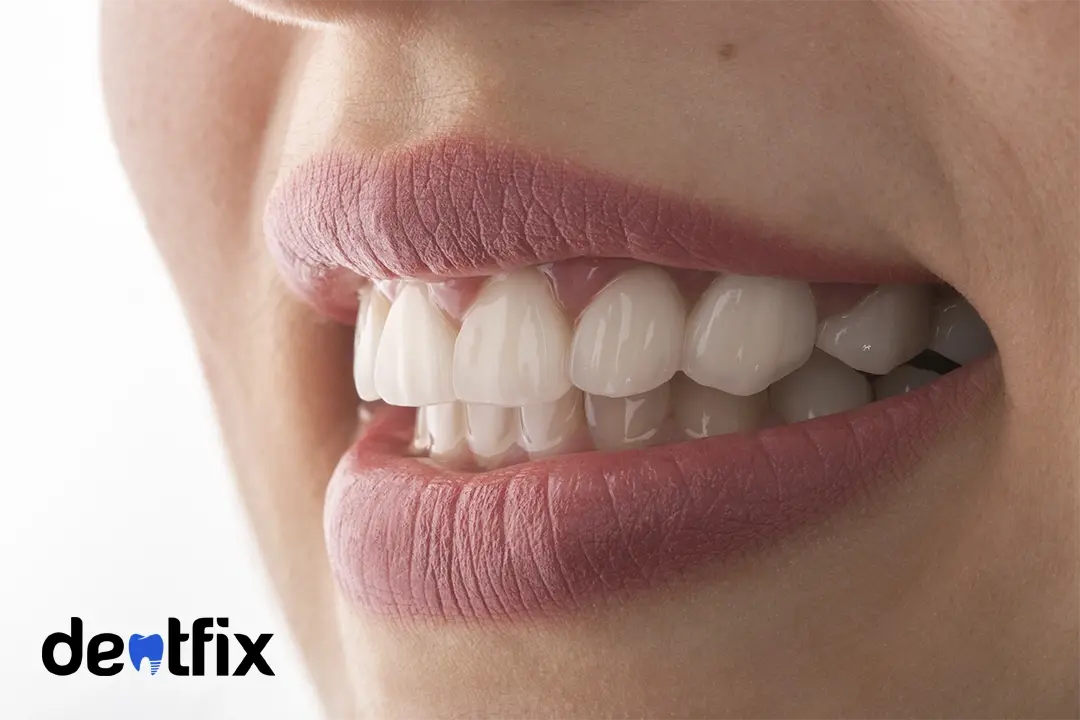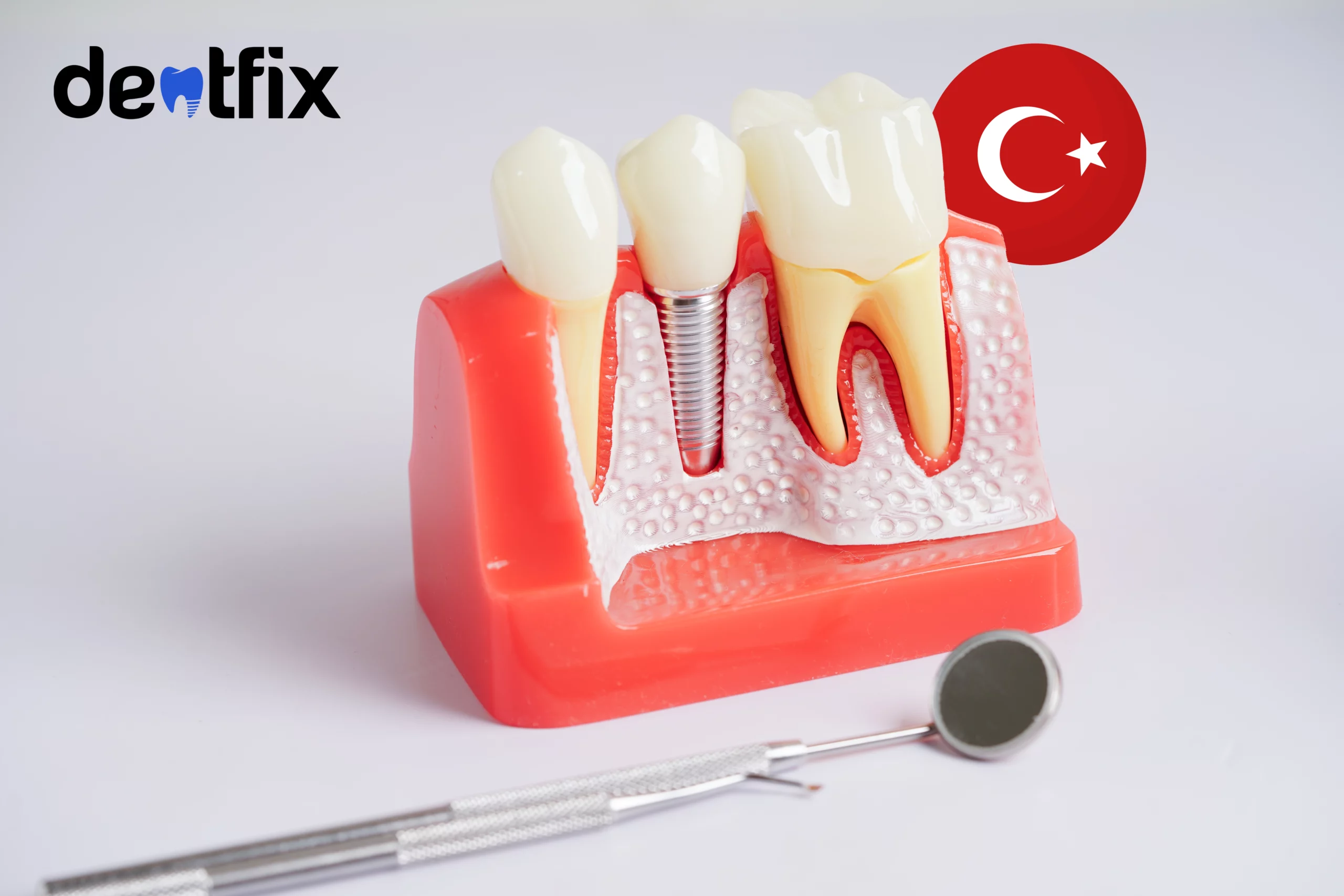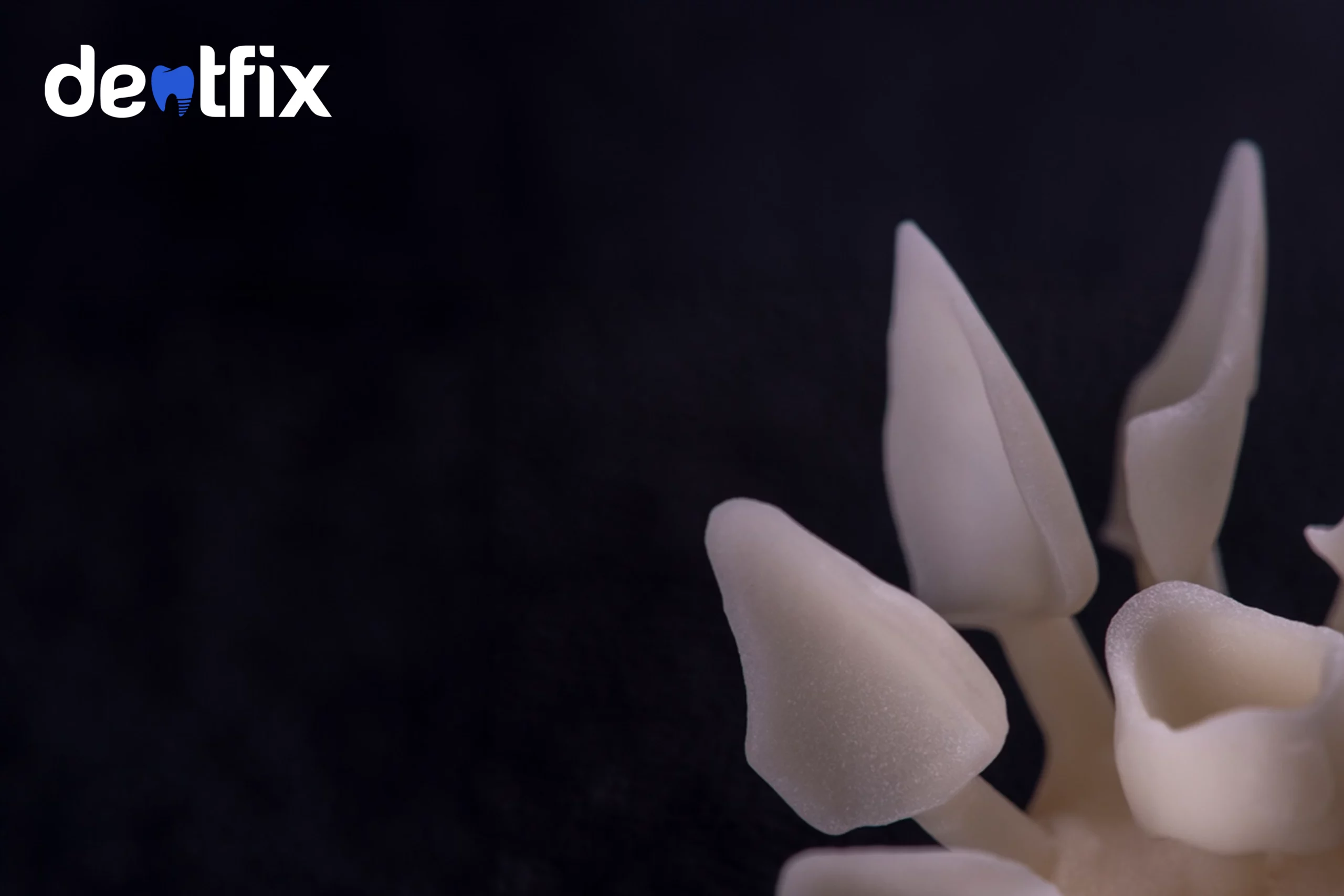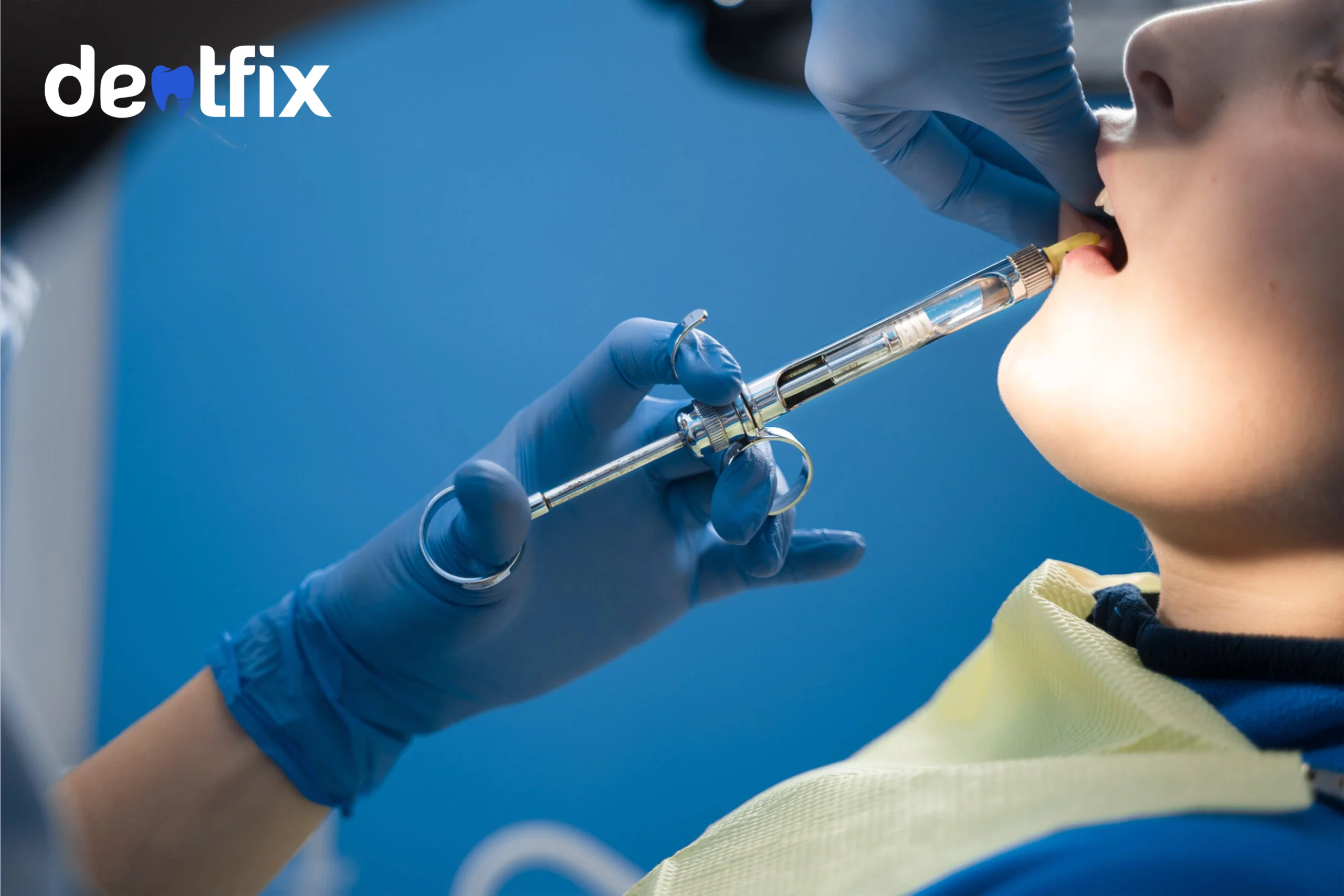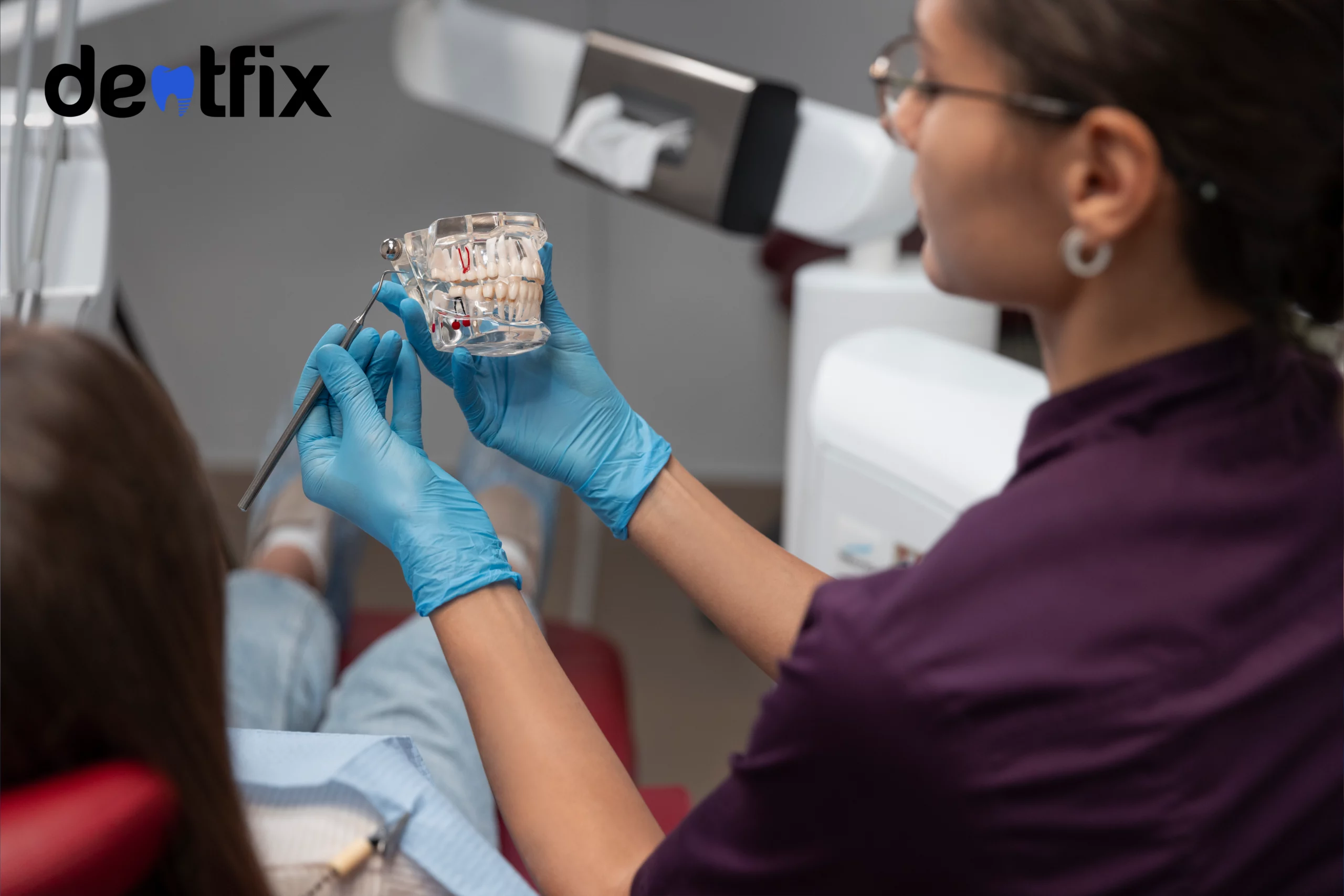How to fix a cracked tooth you may be wondering, so let us take you through all 5 solutions.
Accidents happen all the time, and you might crack your teeth after falling in a football game while riding a bike or just because of your friends. You might deal with your friends by yourself but here we will explain “How to fix cracked teeth?”. There are different answers to this question since some of the cracks might be shallow, requiring minimal interventions, while some of them can go deeper into the root which might even cause tooth loss.
You will hopefully find all your answers in this article. First, we make sure you understand how serious your problem is and the possible treatments for it. And then we will explain possible complications after a cracked tooth and the things you should avoid.
What types of dental cracks are there?
Cracks are seen on different parts of the teeth as they can affect the outer enamel, crown, and inner sides. Most of them only affect the outer enamel which is harmless cracks but they can develop into bigger ones as they are left untreated. Inner cracks are more severe cracks that might even require extraction. Here we talked about the commonly seen cracks:
- Hairline fractures
- Cracked cusp
- Chipped tooth
- Split tooth
- Vertical root fracture
Minimal Cracks
Minimal cracks are barely visible and generally do not affect your dental health. They are mostly seen in the upper part, which damages the crown or outer enamel. Generally, you don’t feel pain if you have a minimal crack, though when you put your tongue in the area you might feel stinging if it is a cracked cusp.
- Hairline fractures: Affecting only outer enamel, they are hair-thin cracks that do not threaten your dental health. They are most visible on the frontal teeth.
- Cracked cusp: The part of the tooth helping you to chew is called the cusp. A fractured cusp is mostly seen on the back moral teeth.
- Chipped tooth: If a slight piece of enamel is torn apart from your tooth it is called a chipped tooth. We see chipped teeth mostly on the front teeth.
Moderate cracks
These are the cracks that have the potential to get worse if left untreated. When detected earlier these are mostly treatable. You might feel some pain and swelling is also seen in the area. The best thing to do is to get an examination as soon as possible.
- Split tooth: The tooth can be cracked in half and it could be a deep one or a shallow one. If it is a shallow crack where it only reaches the gum border it is treatable and is not a big concern. If it is a deep one then it might require some extra treatment and rarely it is untreatable when the crack reaches the root.
Severe cracks
If the crack passed the gum lines, it can be a serious problem that might even require tooth extraction. It might not possible to understand if it’s a deep one at first sight and the cracks do not necessarily surpass the gum line at first. However, it tends to spread over time which is why the earlier you get diagnosed, the less likely that you will have to give up on your tooth.
- Vertical root fracture: When the fracture begins from the bottom side of your teeth upcoming towards to top it is called vertical root fracture. It could be dangerous since the root is directly affected by the crack. Any traumatic incident to the teeth might have led to a cracking and stayed there unnoticed until the crack becomes untreatable. It might happen during or after a root canal treatment as well. Diagnosing a vertical root fracture is not an easy task. Most of the time it requires prediction instead of an exact definition. (2)
How do dentists fix cracked teeth?
So, how to fix a cracked tooth at the dentist? The different cracks require different treatments. It can be a serious or mild crack that might not affect your life at all. The time here is the key factor. Once you realized you have a cracked tooth do not waste your time getting an appointment. After your dentist examined the severity level of your crack, the treatment they decide on may vary from doing nothing to removing your tooth. Here we listed the common treatment methods for different problems.
Minimal Cracks
- Bonding or Filling: The missing part of the tooth can be replaced with filling and bonding techniques. These are the most common techniques in the treatment of minor cracks. Dentists use bonding to cover your crack and to make it more sustainable. It is used in chipped teeth treatment as well. The procedure takes at most 60 minutes. The filling is used for restorative dentistry. It is a better solution than bonding as it lasts longer. They are both effective and cheap methods for minor cracks.
- Dental Veneers: Dental veneers are used to improve the beauty and stability of your teeth by covering the front surface.This treatment for cracked teeth may be your perfect solution. They can be made of porcelain or resin-composite materials. They act like your own teeth and could stay there for 5 to 15 years, depending on the material they are made from, after that, you need to replace them.
Moderate Cracks
- Dental Cap or Crown: When the crack is moderate and affects your chewing ability, a dental cap or in other words crown treatment is used to cover it. A dental crown looks exactly the same as your teeth produced to fit your tooth structure. First, dentists reduce your original teeth size and then cover it with a temporary crown while the permanent crown is made. The production of the crown takes approximately 2 weeks. During this period you might feel strange as in the first days. But once they put on your permanent crown you will feel much better.
Severe Cracks
- Root Canal Treatment: If the root of your teeth is damaged because of crackings it might lead to infection and consequently you lose your teeth. To fix the infected area root canal method is used. Dentists clean the infected area by accessing through drills and removing the pulp. After that, they just restore the cavity and cover it with a crown.
- Dental Implant: If the crack reached the root splitting the tooth in the half, there is nothing else to do but to remove your entire tooth. In that case, your dentists might recommend you to have an implant. The implant is the most permanent solution for your missing tooth and you can benefit from it for a long time. It is directly connected to your jawbone which acts like your natural tooth. The process itself takes some time as your bones merge with the titanium implant.
Common reasons for a fractured tooth
If you’re looking for this article on how to fix a cracked tooth you probably already know how you broke yours. However, let’s talk reasons. Everyone knows that the tooth has a strong material in it called enamel. It is resistant to high pressures, though, it might get weaken in time. The products you use, habits, or psychological factors are some of the reasons behind any cracking. We listed the most common reasons for people getting cracked teeth:
- Grinding: You might be grinding your teeth at night, while you are angry, or because of stress.
- Chewing harsh things: Especially chewing candies, or biting might lead to cracks.
- Large dental fillings: Large fillings might cause your teeth to crack.
- Using your teeth for opening things: It is not a good habit. Use a bottle opener or a nutcracker to keep your teeth uncracked.
- Smoking or Chewing Tobacco: These products one way or another weakens your dental structure, making your teeth more prone to cracking.
- Trauma: Having a physical impact on your face might give you cracks.
- Mine sensitivity: As time passes your teeth become more vulnerable. Your eating habits and health condition can also affect your teeth’ sensitivity.
How to understand if your tooth is cracked?
Before understanding how to fix a cracked tooth you should understand how to recognize one. Generally, it is hard to see if you cracked your teeth or not. However, you might experience some discomfort around the cracked area. Swelling, sensitivity to certain products, and pain are the most common complaints. It is always best to see a dentist if you have these complaints:
- Pain: Cracked tooth pain while chewing and biting is a common complaint. Especially if it is a severe one reaching the tooth’s root. It doesn’t have to be painful If the crack is a minor one.
- Sensitivity: You might feel some stinging around the tooth while eating hot and cold products. Sweets, harsh foods, and chewing gum might also give you some discomfort.
- Infection: If a tooth has been cracked for too long without treatment, it may develop an infection inside the root canal.
- Fewer: It is the reaction to an infection in the root canal.
References:
Mamoun J, Napoletano D. Cracked tooth diagnosis and treatment: An alternative paradigm. European Journal of Dentistry. 2015;9(2):293. doi:10.4103/1305-7456.156840 Cracked tooth diagnosis and treatment: An alternative paradigm – PubMed (nih.gov)
Khasnis S, Kidiyoor K, Patil A, Kenganal S. Vertical root fractures and their management. Journal of Conservative Dentistry. 2014;17(2):103. doi:10.4103/0972-0707.128034 Vertical root fractures and their management (nih.gov)
